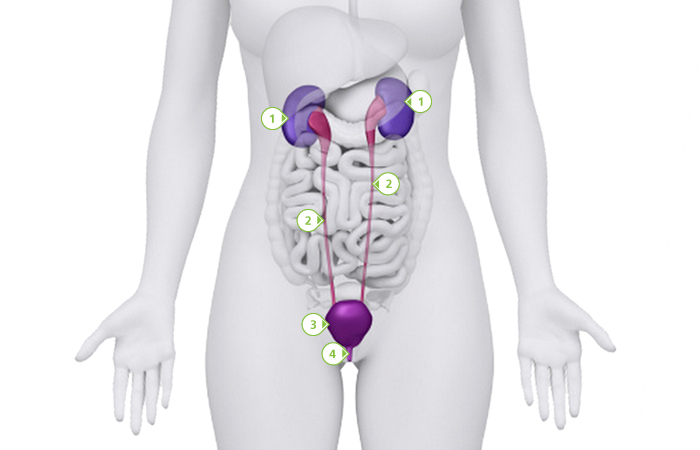Bladder weakness is a common condition and most pharmacies stock a range of products that can help customers to manage the condition. You can support customers by responding to queries with sensitivity and confident recommendations.
To understand how bladder weakness occurs, it helps to consider how the urinary system functions. This system consists of a number of interconnected structures whose job it is to make, store and excrete urine, one of the body’s waste products.

Kidneys: two bean-shaped organs, each about the size of a fist, located near the middle of the back, just below the rib cage. The kidneys filter blood to remove waste products and excess fluid from the body via the production of urine.- Ureters: each kidney is connected to the bladder via a thin tube called a ureter. Muscles in the walls of the ureters constantly contract and relax to take urine from the kidneys to the bladder.
- Bladder: this muscular bag stores urine, expanding and stretching as it fills up. When it reaches about half full, nerve signals alert the brain to the fact that the person needs the toilet. Although it varies, the average person empties their bladder four to eight times a day and occasionally during the night.
- Urethra: this tube takes urine from the bladder to outside the body. It’s relatively short in women, and longer in men.
Sphincter – a circle of muscle around the opening of the bladder. Keeps urine inside and prevents leaks.
Pelvic floor muscles – surround and support the bladder and urethra. A strong pelvic floor helps prevent leaks.
Prostate gland – a small gland located between the penis and the bladder in men. It is involved in semen production, but if it becomes enlarged, it presses on the bladder and urethra, affecting urination.
